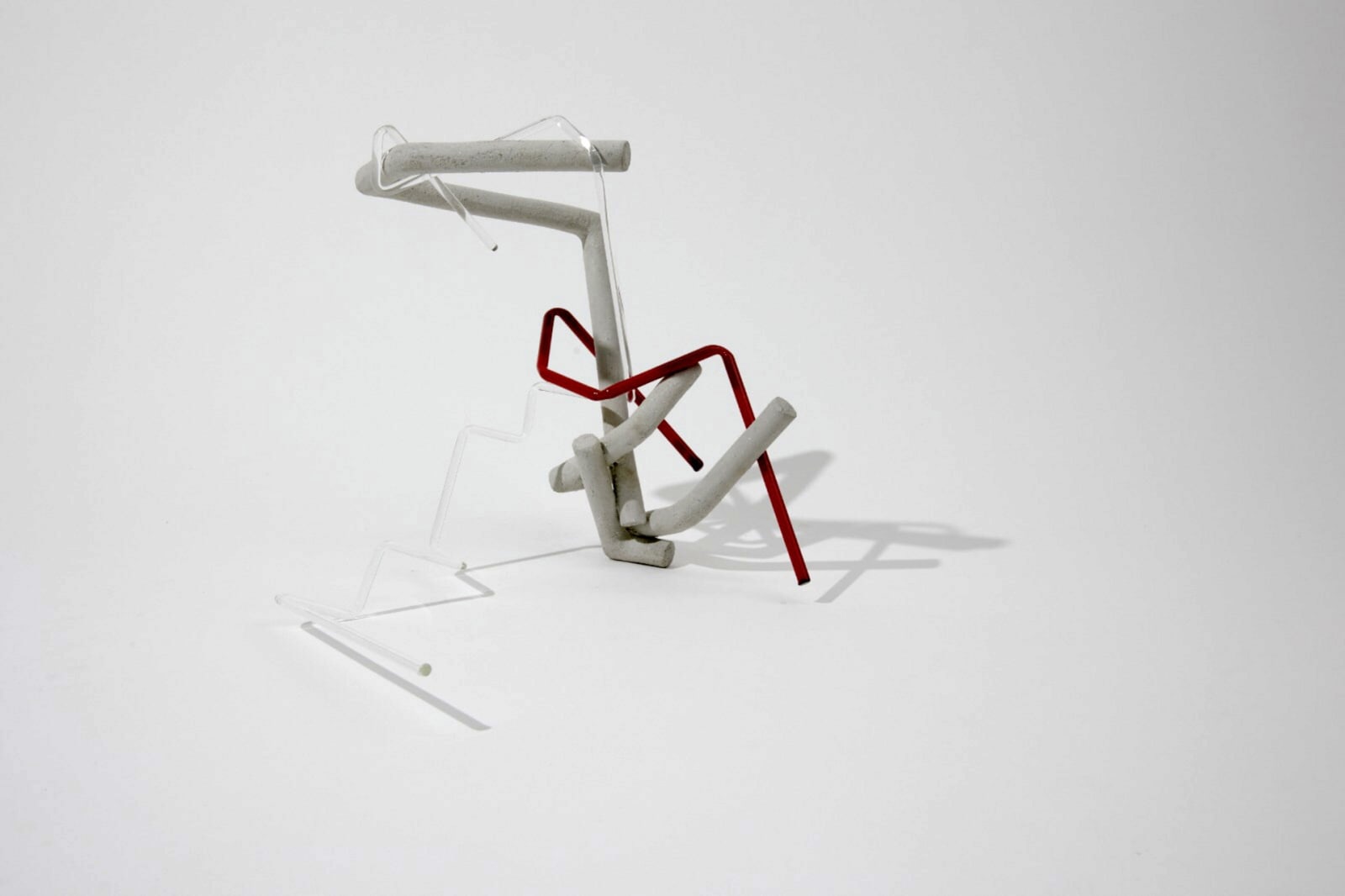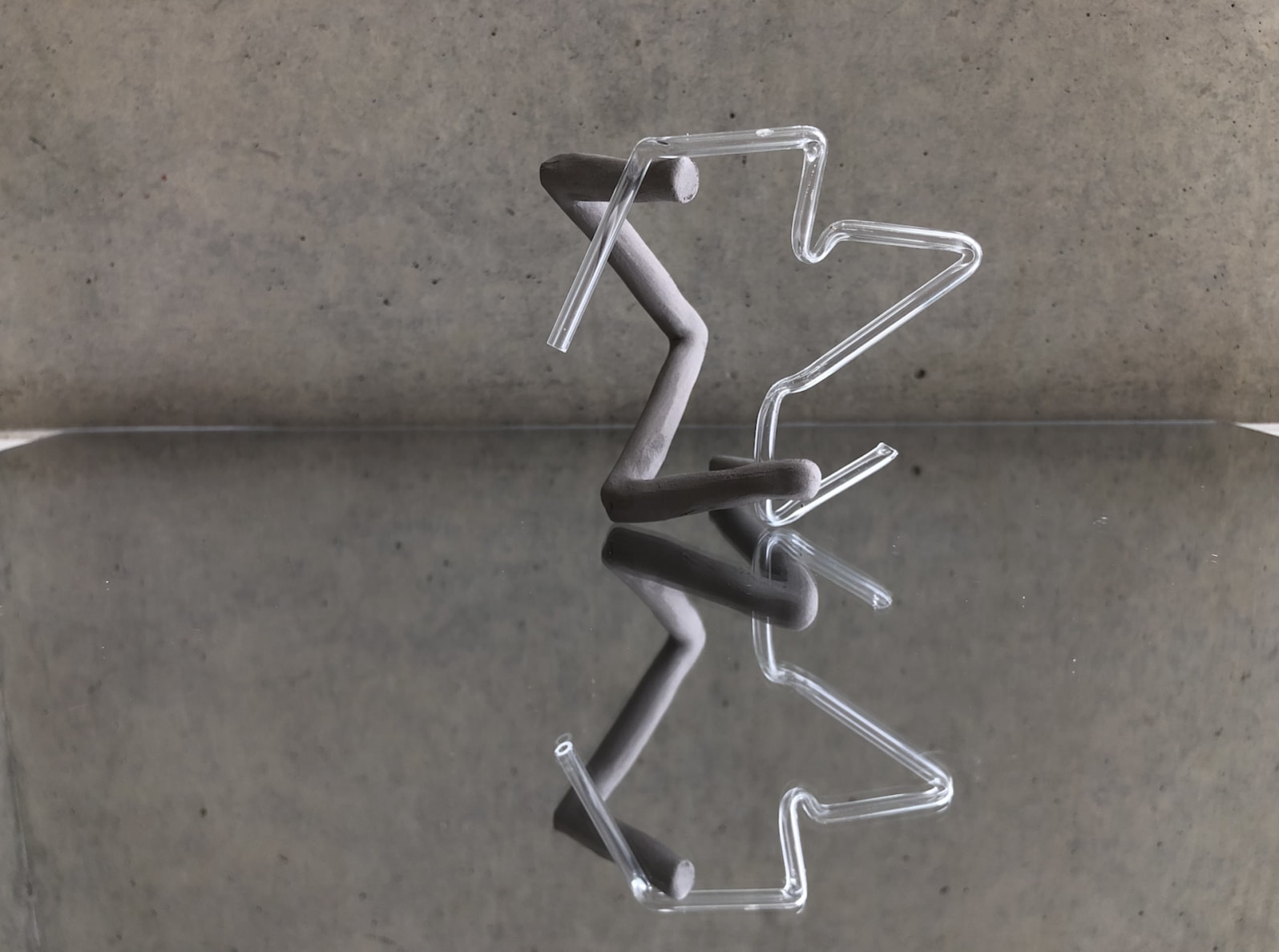Mitakshara (1998) is an architect and a designer from Jammu & Kashmir, India currently based in London. An emerging ceramic and glass artist currently focusing on the amalgamation and transposition of art and architecture. She completed her BArch (2016-2021) from Balwant Sheth School of Architecture, NMIMS in India and moved to London in 2022 to pursue her Master’s degree in Ceramics and Glass at the Royal College of Art.
She has collaborated with her peers to create live scale installations, the most recent being ‘The Unity Pavilion- “YOUnited” for the 2020 Kala Ghoda Art Festival in Mumbai, India. Alongside this, she was part of six documentation publications during her undergraduate degree.
Her most recent work was showcased at ‘Monophony’ (2023), a collaboration between the Royal College of Art and the Royal College of Music.
With the idea of imagining and experimenting with materiality and its ability to be within or outside infinite space, she wants to learn how a drawing would draw you. How a space would or could be perceived as. To being able to navigate the unknown.















